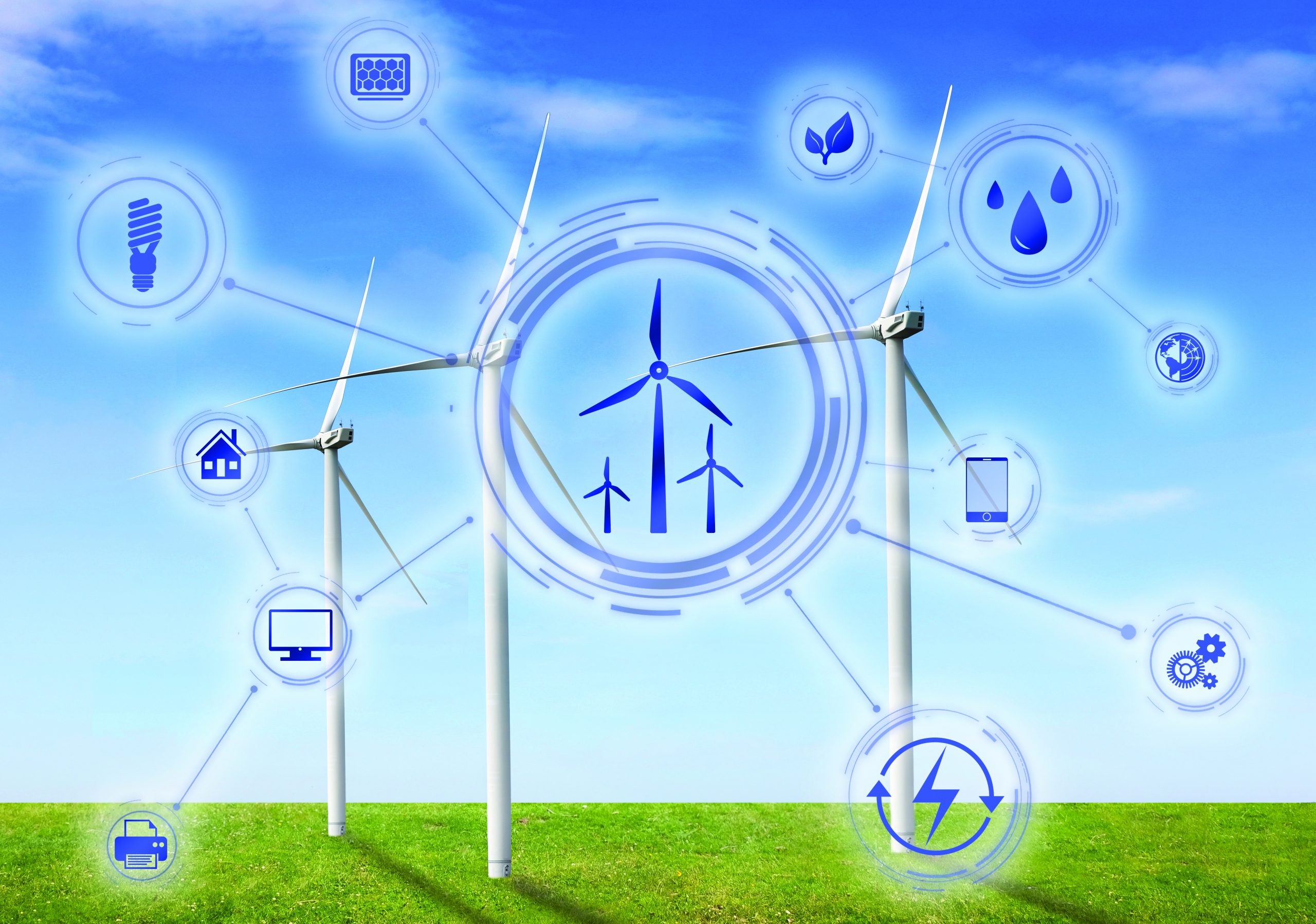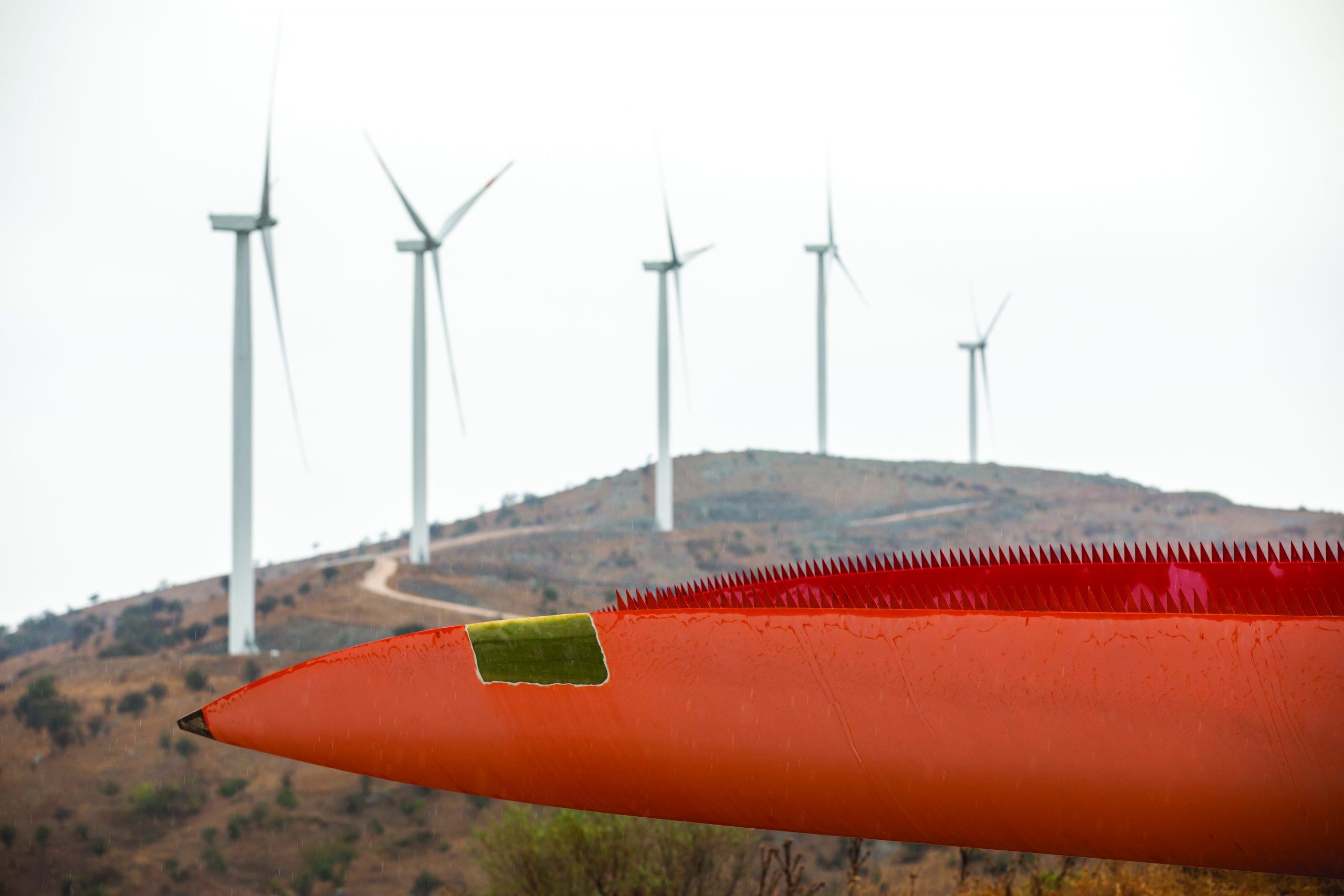Critics of wind energy waste no time reminding us that wind farms only generate power when the wind blows. Of course, it is not possible to control the weather, and wind-asset owners understand this.
But with advanced digital tools that enable new operations and maintenance (O&M) strategies, owners and operators are increasingly taking back control of their balance sheets. When wind resource is at its highest, they ensure that their assets are primed to deliver clean power efficiently.
Whether the wind is high or low, operators needs to be thinking about how to minimize lost energy to maximize output, whatever the weather.
High rates of turbine downtime during the windiest times of the year can seriously affect the profitability of a fleet, with assets potentially out of action for months. At the same time, lost energy causes a slow drain of revenue, while storing up issues that may also progress to failure.
With the right tools and the right strategy, turbine downtime and lost energy can be a thing of the past. The key, as we will demonstrate, is to plan ahead.

Maximizing turbine uptime
Boosting turbine uptime plays a core role in ensuring profitability. It is a primary aim of wind turbine O&M. Turbine uptime, or availability, means ensuring the assets on a wind farm are fully functional during critical energy-generation periods.
The missed potential profit due to the unavailability of a failed turbine can be up to $2,000 per day, per turbine, based on a 4.2-MW turbine. With larger turbines, which are becoming increasingly common, the losses rise accordingly. We are now seeing turbines pushing past 10 MW, and prolonged downtime is simply not an option for owners of these assets.
The logistical difficulties of offshore turbine repair mean it can take weeks or months to complete a repair in this environment. The U.S. offshore wind sector is embryonic, but with higher sea states in the Atlantic, the same strong winds that make the region so attractive to wind investors also mean a shorter window for urgent repairs.
Adding in the cost of the repairs themselves, it is clear that wind-farm operators must use every tool at their disposal to tackle unscheduled downtime.
The role of predictive maintenance
To prevent costly wind-turbine failures, operators need to catch problems at an early stage. The key tool is predictive maintenance, which gives operators the insight they need to tread a middle path through the expensive “run to fail” model of O&M, and “preventative maintenance” that spends unnecessary money on regularly scheduled replacements.
Predictive maintenance uses statistical analysis, underpinned with machine learning and artificial intelligence, to enable a more intelligent, strategic method of O&M. Through cost-effective sensors installed in wind turbines to monitor data streams such as vibration and oil condition, predictive maintenance uses advanced algorithms to identify trends in wind-turbine data. Expert engineers then analyze these trends to diagnose issues well before they materialize, limiting further damage to machinery.

Predictive maintenance significantly reduces the risk of catastrophic failures. Instances where undetected failure of generator bearings result in generator shaft damage can cost an operator an additional $150,000 to repair. Similarly, undetected gearbox defects in parallel stage can result in complete gearbox replacement — something that could have easily been avoided with predictive analytics.
Using predictive maintenance, lead time on repairs can be extended by as much as 18 months. This means that orders of new components can be placed well ahead of time, saving significant costs. Advance warning of potential problems also means any repair and replacement work can be consolidated. This requires fewer trips for personnel, lower crane hire costs, and less fuel used to transport personnel and equipment.
When used as part of a holistic digital strategy, predictive maintenance can deliver savings of more than 30 percent from wind farm O&M budgets, reducing the cost of keeping wind turbines operational and avoiding unplanned, costly failures. Ultimately, it enables operators to maximize returns during the natural ebb and flow of wind resource throughout the year.
Tackling lost energy
An estimated 11,300 GWh/year of critical energy is currently being lost across wind farms in Europe and the U.S., enough to power New York for 80 days. Since 80 percent of lost energy from wind turbines is caused by 10 key issues, it represents low hanging fruit for asset owners.
Performance analytics is the energy industry’s traditional process for addressing the root cause of turbine power issues. Wind-farm operators generally receive a monthly report showing each turbine’s availability, total power production, downtime, and alarm analysis. These reports tend not to provide detailed performance breakdowns or include remedial actions. Additionally, by the time these reports are produced, the lost energy event has already occurred.
Operators may have a team of experts who can use performance analytics to target each issue as it arises. However, valuable time and energy has been lost by this point. Inefficient incident recording means the same problems can easily recur, so operators do not gain access to critical insights into how regularly a particular component may fail.
Independent turbine component issues can mount up to significant energy loss if not detected rapidly. Over the course of a month, 20 or 30 issues can add up to tens of thousands of dollars for a single turbine. A wind farm with 100 turbines or more can experience significant energy losses annually.
Planning ahead with predictive maintenance
Owners and operators can tackle lost energy by using predictive maintenance, identifying and fixing issues before lost energy events take place. By combining performance analytics with the reliability model — the root cause analysis of common issues — it is possible to predict when these common lost energy events might occur.
Combining the lost energy and reliability machine learning models provides a real-time actionable result. Operators can assess the condition of specific components and identify the root cause of faults. With an incident record and real-time data providing the location of the issue, an engineer has concrete insight that can be instantly deployed to perform maintenance, ensuring turbine downtime is minimized, while immediately preventing further lost energy.
Healthier assets mean healthier revenue
Through decades of innovation and hard work, the wind sector has cemented its place at the head of the energy transition. However, without careful management, growing pains threaten to slow wind’s expansion as it scales up ready for net zero in 2050. The current scenario seen with volatile energy prices and constricted wind supply shows the delicate balancing act wind needs to play over the next decades.
Wind stakeholders therefore need to target the root causes of lost energy and downtime to maximize their output. Predictive analytics and reliability models can help them ensure that wind energy is delivering lower LCOE. Improving efficiency and resilience doesn’t need to be unaffordable — but the cost of doing nothing is too high.
























